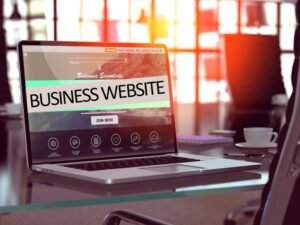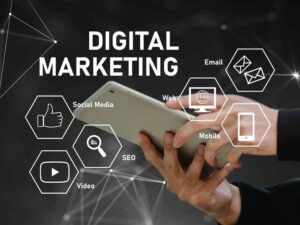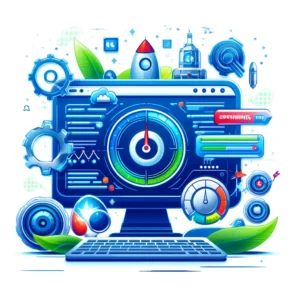The Internet of Things (IoT) is a network of physical objects that are embedded with sensors, software, and network connectivity to collect and exchange data. IoT is revolutionizing the way we live and work, and it is also having a major impact on the field of civil engineering.
In civil engineering, IoT is being used to improve safety, efficiency, and sustainability. For example, IoT sensors can be used to monitor bridges and buildings for signs of damage, and they can also be used to track the progress of construction projects. IoT can also be used to improve traffic management and to monitor the environment.
Here are some specific examples of how IoT is being used in civil engineering:
- Bridge monitoring: IoT sensors can be used to monitor bridges for signs of damage, such as cracks or corrosion. This information can be used to identify and repair problems before they cause a bridge to collapse. For example, the San Francisco-Oakland Bay Bridge is equipped with IoT sensors that monitor the bridge’s structure for signs of damage. This information is used to help engineers identify and repair problems before they cause the bridge to collapse.
- Construction monitoring: IoT sensors can be used to track the progress of construction projects. This information can be used to identify delays and to make sure that projects are completed on time and within budget. For example, the construction of the Burj Khalifa, the tallest building in the world, was monitored using IoT sensors. This information helped the engineers to identify and address any problems that arose during construction, which helped to ensure that the project was completed on time and within budget.
- Traffic management: IoT sensors can be used to monitor traffic conditions in real time. This information can be used to adjust traffic signals and to provide real-time updates to drivers. For example, the city of New York is using IoT sensors to monitor traffic conditions in real time. This information is used to adjust traffic signals and to provide real-time updates to drivers, which helps to improve traffic flow and reduce congestion.
- Environmental monitoring: IoT sensors can be used to monitor the environment for pollutants and other hazards. This information can be used to improve air quality and to protect public health. For example, the city of Los Angeles is using IoT sensors to monitor air quality. This information is used to identify areas with high levels of pollution and to take steps to improve air quality.
IoT is still a relatively new technology, but it has the potential to revolutionize the field of civil engineering. As the technology continues to develop, we can expect to see even more innovative applications of IoT in civil engineering.
In addition to the benefits mentioned above, IoT also has the potential to:
- Reduce costs: IoT can help to reduce costs by automating tasks, improving efficiency, and preventing accidents. For example, the use of IoT sensors to monitor bridges for signs of damage can help to identify and repair problems before they cause a bridge to collapse. This can save money on repairs and prevent the loss of life.
- Improve quality: IoT can help to improve quality by providing real-time data and insights that can be used to make better decisions. For example, the use of IoT sensors to monitor traffic conditions in real time can help to improve traffic flow and reduce congestion. This can improve the quality of life for everyone who lives and works in a city.
- Increase sustainability: IoT can help to increase sustainability by reducing waste, improving energy efficiency, and monitoring environmental impact. For example, the use of IoT sensors to monitor the environment for pollutants and other hazards can help to improve air quality and protect public health. This can help to create a more sustainable future for everyone.
Overall, IoT has the potential to make a significant positive impact on the field of civil engineering. By improving safety, efficiency, sustainability, and quality, IoT can help to create a better future for everyone.











